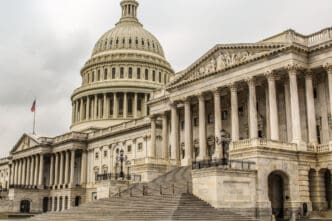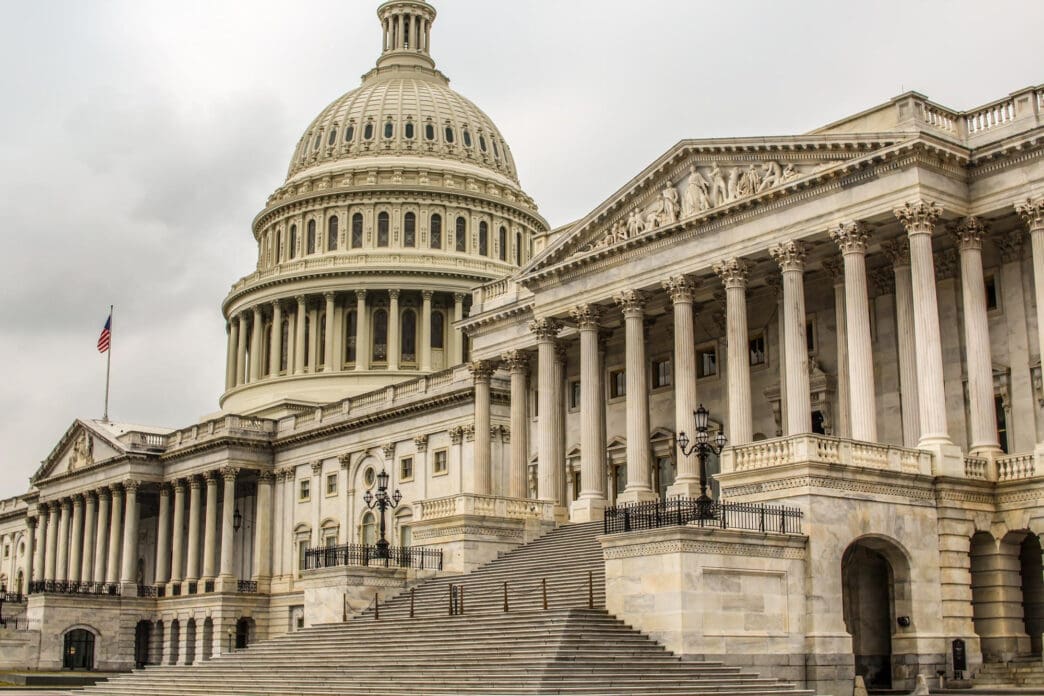Executive Summary
The Story So Far
Why This Matters
Who Thinks What?
Congress is facing an imminent federal government shutdown, poised to begin at 12:01 a.m. on Wednesday, October 1, if lawmakers fail to reach a crucial spending agreement. This potential funding lapse follows the longest government shutdown in more than 40 years, which occurred from late 2018 into early 2019. The impending shutdown would be a full cessation of government services, unlike some previous partial closures.
Impending Shutdown Details
The current Congress has yet to pass any of the 12 appropriations bills required to fund the US government for the upcoming fiscal year. This lack of legislative progress means that without a last-minute deal, federal agencies will cease normal operations.
The path to avoiding this shutdown remains uncertain, primarily due to the narrow Republican majority in the House under Speaker Mike Johnson. In the Senate, Republicans lack the 60 votes needed to overcome potential filibusters on spending legislation.
Historical Context of Shutdowns
Government shutdowns, where federal agencies are instructed to halt normal operations until Congress appropriates more money, became a feature of US politics in the early 1980s. While they were less common in previous decades, with only six since 1990, an increasingly partisan Washington has led to longer impasses over spending.
The 2018-2019 Shutdown
The most recent significant shutdown occurred from December 22, 2018, to January 25, 2019, lasting 35 days. This made it the longest government shutdown in over four decades and cost the United States an estimated $3 billion in lost GDP, according to the Congressional Budget Office.
That particular event was a partial shutdown, as some agencies had already secured annual funding. Approximately 800,000 federal employees were affected, with about 300,000 furloughed and another 500,000 deemed essential but working without pay. Both furloughed and exempt employees ultimately received backpay once a funding agreement was reached.
Key Takeaways
As the deadline approaches, the prospect of a full federal government shutdown looms, highlighting ongoing challenges in congressional spending negotiations. The impending closure underscores a recurring pattern of partisan gridlock that has, in the past, led to significant economic costs and disruptions to federal services.








